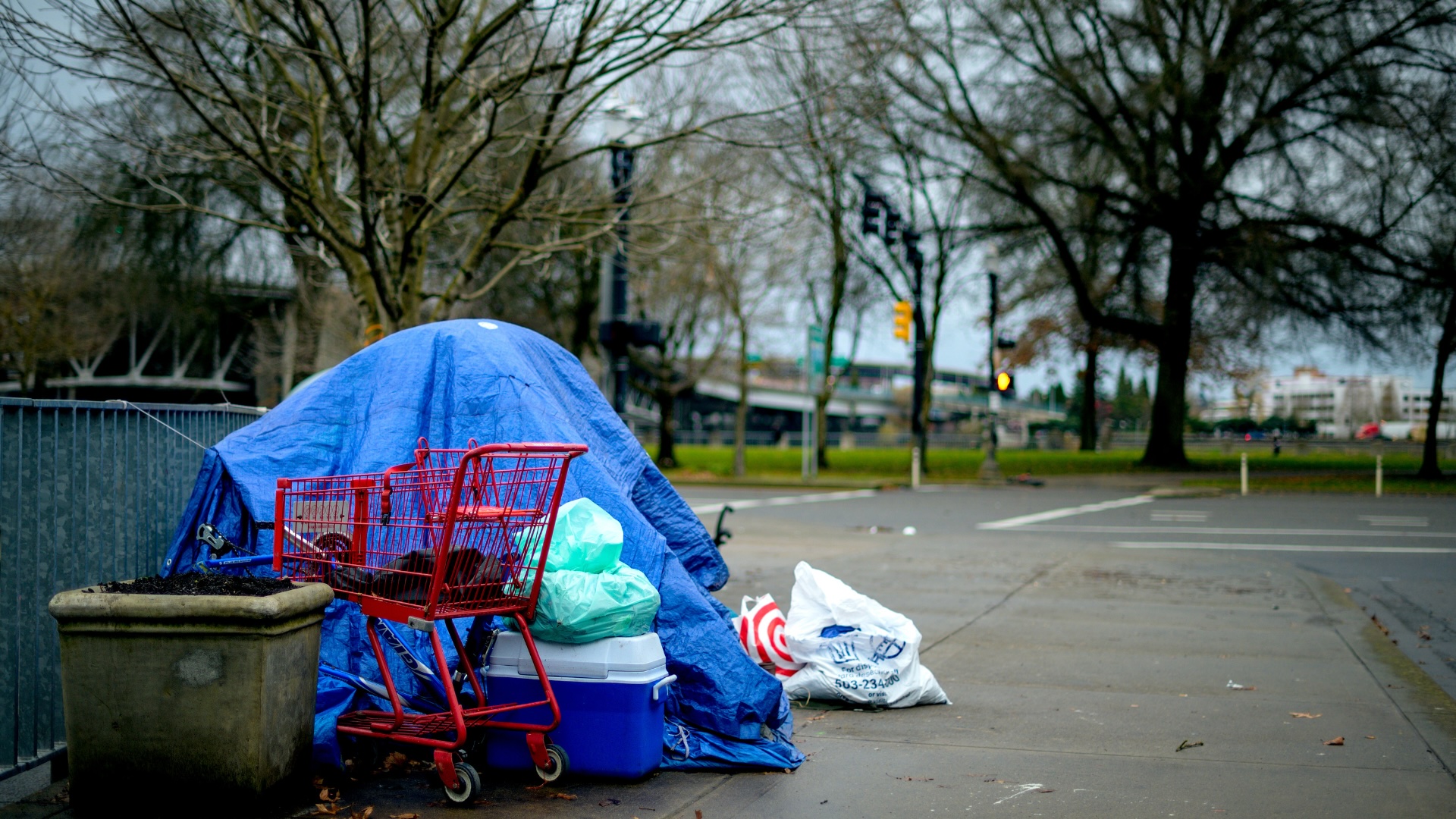A recent article in the Deseret News highlights the most recent iteration of the never-ending struggle between restaurants, legislators, and assorted busybodies over Utah’s arcane liquor laws. This time, the battle is over an attempt by industry advocates and business leaders to normalize liquor laws to make them more like other states.
Republican State Senator John Valentine gripes that the “grand compromise” he brokered back in 2009, which eliminated membership requirements for private clubs, is being eroded by these attempts to blur the lines between bars and restaurants. While these parties (each with a vested interest in their cause) bicker over how much legislation to apply to a consumer good, we would encourage a different and simpler approach to alcohol regulation.
The temperance movement of the 19th and early 20th century promised that many social improvements would result from prohibiting the consumption of alcohol. Upon adoption of the 18th Amendment, the famous evangelist Billy Sunday proclaimed, “The slums will soon be only a memory. We will turn our prisons into factories and our jails into storehouses and corncribs.” Some locales were so confident of this prediction that they sold their jails! Unfortunately, the exact opposite happened. The slums remained, factories (large scale breweries in particular) scaled back, criminalized behaviors led to swollen prison populations, and corruption amongst public officials was rampant.
In addition, because production and consumption of alcohol went underground the product was inferior and private binge drinking became more common. This, of course, led to more alcohol-related illness and death. The famous libertarian humorist H.L. Mencken observed, “Five years of Prohibition have had, at least, this one benign effect: they have completely disposed of all the favorite arguments of the Prohibitionists. None of the great boons and usufructs that were to follow the passage of the Eighteenth Amendment has come to pass. There is not less drunkenness in the Republic, but more. There is not less crime, but more. There is not less insanity, but more. The cost of government is not smaller, but vastly greater. Respect for law has not increased, but diminished.”
The 21st Amendment’s repeal of prohibition in 1933 offered a lot of promise to a struggling nation. Law enforcement resources that had been stretched so thin by concentration on harmless backwoods bootleggers and underground cocktail parties could be redirected to more violent elements within organized crime, which struggled financially with the legalization of their most lucrative, black market product. Furthermore, the introduction of a new, legal consumer good to the market provided opportunity for new companies to form and hire previously unemployed workers. Old breweries, like Anheuser Busch and Pabst, which had a long harmonious history in the United States, but were reduced to selling malt extract and ice cream during Prohibition, could once more produce and sell their core product.
The return to free market sanity was short lived, however, as states saw the great windfall available to them by regulating alcohol and immediately set out to attach all sorts of restrictions, taxes, licenses, and limits to the production, distribution, sale, and consumption of alcoholic beverages. Utah was one of the first to go after legal imbibers. Hence, many of the anticipated economic gains from legalization were never fully realized as state laws again made criminal the activities of casual drinkers and honest businessmen.
For the legislator the typical appeal (particularly in “dryer” states like Utah) is to tax the minority—not an uncommon tactic of politicians generally. However, a more convincing argument is usually needed to convince the public. Fortunately, there is a whole cabal of anti-alcohol crusaders like Mothers Against Drunk Driving and the Center for Science and the Public Interest, which constantly churn out studies and policy papers to make this task easier. Invariably, they attempt to link criminal behaviors like vehicular manslaughter and domestic abuse with an otherwise legal behavior. These are just repackaged arguments from the temperance movement. Back then it was women protecting their families from drunken predators. Today it is still mostly women trying to legislate behaviors to protect their families.
While the sentiment of protecting the lives of innocent bystanders is clearly laudable, the prevailing mode of execution is poor. The crucial lesson of Prohibition is lost on them. Forcing mildly destructive behavior underground makes it more destructive for individuals, families, and society as a whole. Focusing law enforcement efforts on penalizing mild offenders pulls their attention away from apprehending the worst criminals.
The back door to Prohibition Part II is control of roadways. It manifests itself in the use of liquor licenses, BAC limits, permits, and other regulatory control. Social engineers have found their legal justification for regulating alcohol on government property, but the laws will not be respected, as was the case during the 1920s, if there is no emotional connection between alcohol consumption and traffic deaths. Citizens therefore must be led to believe that drinking more alcohol indisputably leads to more death and destruction on public roads, and that the causal link can be broken by regulating and taxing its consumption, production, and distribution.
This faulty reasoning, applied to the whole supply chain, says that alcohol sold at a private establishment is less safe than the same or similar product sold at a state controlled liquor store at a higher price, or that alcoholic impairment is more dangerous than applying makeup, driving drowsy, or eating a burger in traffic. One of the silliest laws restricts the amount of alcohol that can be brewed for private consumption. The state would rather see you drive to and from a bar to get drunk rather than do it in your own home.
Consumption of alcohol is treated differently than other impairments only because of the potential to generate tax revenue and placate those within one’s constituency. So, in order to perhaps remove one of these obstacles to liberalizing our markets and reducing the regulatory burden on businesses, I’d like to speak to the mothers.
In 2000, states were pressured to reduce their acceptable blood alcohol content from .10 to .08. Intuitively this sounds like a great idea. After all, less alcohol in the blood of drivers means fewer innocent victims of accidents, right? Not so.
Data gathered over the three years following the implementation of the reduced threshold actually showed an increase in alcohol-related traffic fatalities, just as critics of the law had predicted. Another disturbing side effect of the new law was the promulgation of Gestapo-inspired roadblocks all over the country. These installations did nothing to increase public safety since they diverted attention away from catching the most dangerous drivers, just as during Prohibition. Statistics demonstrated that those states which most aggressively used checkpoints had higher fatality rates than those which didn’t use them. Roadblocks do nothing but generate more funds for the ever-expanding police state. A study of a recent San Diego roadblock found 1,169 stops, 27 citations, 10 vehicles impounded—and only one DUI arrest. Mothers: alcohol is not the killer of your children. Stupidity, lack of judgment, or sometimes just bad luck have more to do with it, and those just cannot be effectively legislated. If it could, we surely would have arrived at that point already.
The alphabet soup of agencies tasked with regulating all stages of the alcoholic beverage industry have their genesis in the well-meaning intentions of do-gooders and government “problem solvers.” The ATF, DABC, NTSB, and their state-based counterparts, have increased the breadth and depth of government intrusion in the lives of regular Americans by criminalizing behaviors that can only be effectively addressed through education and persuasion. They are self-supporting, in that they create laws which penalize individuals with fines and taxes, which in turn go to funding more agents and bureaucrats, who want to further expand their authority over your daily comings and goings.
If drunk driving cannot be eradicated even by the most aggressive attacks on personal freedom, then it falls upon us to find creative ways to address the real or perceived problems associated with consumption of alcohol, while respecting individual liberties and free markets. Here are a few suggestions:
- Remove all laws governing the production, distribution, and consumption of alcohol immediately. This will normalize any activities that currently operate underground and bring transparency to the supply chain, allowing consumers to make smarter choices. For instance, removing the requirement for a liquor license will likely lead to more competition and more availability of alcohol within a shorter drive of drinkers. Fewer miles driven while impaired means fewer accidents on the road.
- Encourage (but not mandate) the use of vehicle and driver monitoring devices, such as Ignition Interlock Devices (IIDs) and on-board telematics, through insurance companies. Link insurance rates to an expanded set of driving habits.
- Better train law enforcement to target actions that actually threaten public safety (swerving, braking, speed control, etc.) and move focus away from shotgun approaches like roadblocks and profiling.
- The most radical solution to the problem of drunk driving is privatization of roads. This is also the most likely to succeed if implemented, but is probably the least likely to be adopted.
Rather than taking a blunt, big government approach to alcohol policy (as Utah is known for), those who claim to support free markets and limited government must apply such principles evenly and consistently. No secondary benefit can justify the status quo, whether fighting to preserve a certain “culture” or “reducing access” to alcohol. We encourage policy makers to think creatively, with a focus on rigidly protecting individual liberty and free enterprise.




